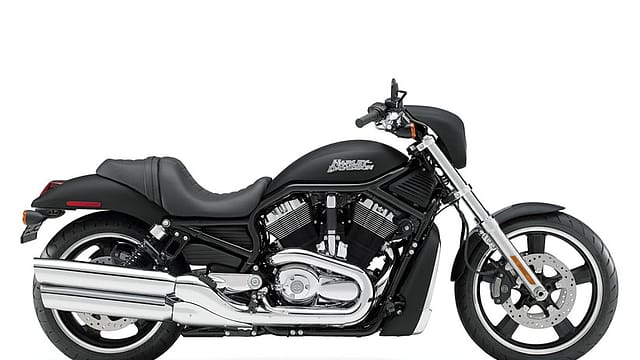A harley for India
ADVERTISEMENT

HARLEY-DAVIDSON is all set for its great Indian road trip. A year after starting assembly production at its plant in Haryana, the manufacturer of the cult bike is said to have signed contracts with about 50 suppliers to make an “Indian Harley”. The company sells 15 models in India, of which five are assembled at its 70,000 sq. ft. facility at Bawal in Haryana, its second such plant outside the U.S., after Brazil.
The $5.3 billion (Rs 27,787 crore), Milwaukee-based company’s Indian odyssey began in 2007, after a trade agreement that allowed India to export mangoes to America in exchange for allowing the U.S. to export Harley-Davidsons to India.
The company is looking to increase its presence in India, the second fastest growing two-wheeler market globally after China, with sales of over 10 million in FY11. It also hopes the high import duties, because of which customers end up paying twice as much for the vehicles, will come down.
Building the bikes from scratch in India will help boost volumes as they will cost less and will be available without the hassle of importing and waiting. Assembling a completely knocked down unit tests patience; the average waiting time is anywhere between eight months and 10 months as every part has to be imported. Harley-Davidson’s officials in India declined to comment, citing confidentiality on future products and developments.
December 2025
The annual Fortune 500 India list, the definitive compendium of corporate performance, is out. This year, the cumulative revenue of the Fortune 500 India companies has breached $2 trillion for the first time. Plus, find out which are the Best B-schools in India.
This is the first time the company will be engaging in full-scale production outside the U.S. The challenges its bikes face here include ground clearance and coping with diverse weather conditions. “Rust and bumpy roads affect models such as the Superlow,” says entrepreneur Pramoud Rao, who owns a Harley-Davidson and is a member of H.O.G. (Harley Owners’ Group) in Mumbai. But, making the Superlow a higher bike would go against its spirit.
The component ecosystem in Haryana includes companies such as Exide, which supplies batteries to Hero MotoCorp, as well as Verlicchi Hema Automotive, which makes frames, mufflers, exhaust systems, and fuel tanks. Analysts say suppliers are already developing seats, crank cases, shock absorbers, cylinder barrels, lights and lamps, gear assemblies, brakes, and engines for Harley.
The Kawasaki Ninja 250R, with a price tag of Rs 3 lakh, has sold 5,000 units here since its launch in 2010. Harley-Davidson, priced Rs 5.6 lakh and upwards, has sold about 1,000 units in India since 2009 and has developed a network of seven dealerships since it began assembly production here. Those are small numbers even for a motorcycle that is more an expression of personality than a vehicle for commuting. As is often the case with roads in India, Harley’s full-scale production here too is under construction.
